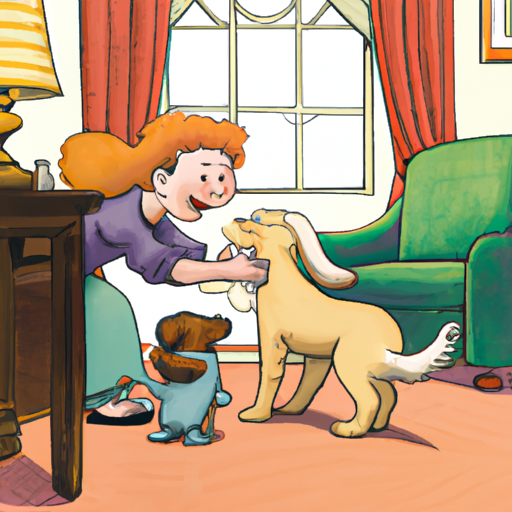Preparing for the Introduction
Introducing a new dog to your existing furry family member is a delicate process that requires careful planning. You are the caregiver, the bridge that will form a bond between the two. It’s important to remember that their first meeting can set the tone for their future relationship.
Here are a few things you should do before the introduction:
- Make sure both dogs are healthy. You wouldn’t want to risk the health of your old pet or the new one.
- Prepare a neutral territory for their first meeting. This could be a park or a friend’s backyard.
- Get to know the temperament of the new dog. This information will help you strategize the introduction.
The First Meeting
Your heart might be pounding with anticipation, but it’s crucial to remain calm. Dogs are sensitive to human emotions and can pick up on your anxiety.
Follow these steps during the first meeting:
- Keep both dogs on a leash.
- Let them sniff each other, this is their way of saying ‘hello’.
- Pay attention to their body language. Relaxed tails and playful bows are good signs.
- If aggression is shown by either dog, calmly separate them and try again later.
Home Sweet Home
Bringing the new dog home is a significant step. Like us, dogs are creatures of habit and your old dog might not appreciate the sudden change. It’s your responsibility to make this transition as smooth as possible.
Here are some tips:
- Give each dog their own space (food bowl, bed, toys). This helps prevent resource guarding.
- Supervise their interactions for the first few weeks.
- Reward good behavior with treats and praises.
Training and Socialization
Training is a great way to establish a positive relationship between the two dogs. It encourages them to work together and creates a structured environment.
Consider the following:
- Train them individually before training them together.
- Use positive reinforcement techniques.
- Enroll in a dog training class if needed.
Dealing with Challenges
Despite your best efforts, there might be times when your dogs don’t get along. This can be disheartening, but don’t lose hope.
Here are a few suggestions:
- Consult a professional dog trainer or behaviorist.
- Give them time. Relationships take time to build.
- Revisit training and socialization techniques.
Frequently Asked Questions
Q: How long does it take for dogs to get used to each other?
A: It varies. Some dogs might become friends immediately while others can take weeks or even months.
Q: Is it better to introduce dogs on neutral territory?
A: Yes, it can prevent territorial aggression.
Q: What should I do if my dogs fight?
A: Separate them calmly and consult a professional.
Q: How can I tell if my dogs are getting along?
A: Look for positive body language like a relaxed tail, playful bows, and comfortable sharing of space.
Remember, every dog is unique and what works for one might not work for another. But with patience, consistency, and love, you can help foster a beautiful friendship between your dogs.



